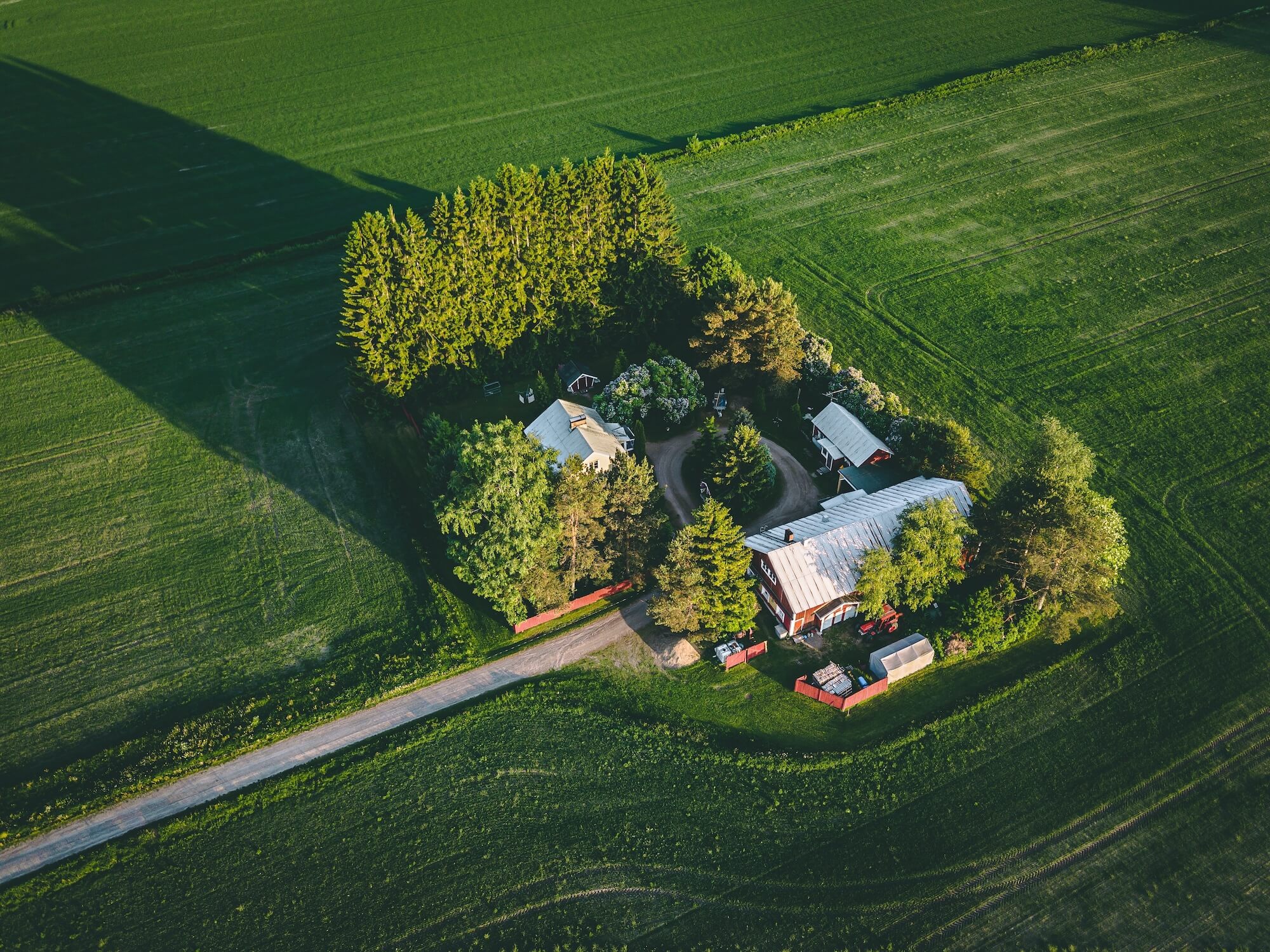Yes—starting a homestead with little to no money is absolutely possible, but it requires grit, creativity, and a willingness to start small. Many successful homesteaders began with no land, no animals, and no budget—but they traded, bartered, scavenged, and sweat their way into a sustainable lifestyle. This guide explores how they did it and how you can too.
Whether you're dreaming of going off-grid, growing your own food, or escaping the rat race, here are proven ways to build your homestead without breaking the bank.

Before you panic about not owning 50 acres or a dairy cow, know this: homesteading starts as a mindset—not a location, income level, or animal count.
Even a backyard garden, a flock of chickens, or preserving your own food qualifies. Many urban homesteaders start with a balcony herb garden or by making their own soap. What matters is the shift toward self-sufficiency.
Start where you are, with what you have, then scale over time. Map out your goals for the next year, 5 years, 10 years, but focus on what you can do now vs later.
If you're serious about starting a homestead with no money, one of your biggest hurdles might be land. Fortunately, several small towns in the U.S.—particularly in the Midwest and Great Plains—have launched programs that offer free residential lots or low-cost acreage to attract new residents. These communities often want to revitalize their local economy, boost school enrollment, or simply grow their population.
Many aspiring homesteaders start by borrowing or leasing unused land in exchange for work.
Examples:
These platforms connect travelers or aspiring homesteaders with hosts who provide housing, meals, and land access in return for help with farming, building, or other homestead chores.
Even a suburban backyard can support raised beds, chickens, or rabbits. Ask around to use a neighbor’s or family member’s unused yard space. Join Facebook Groups of local like minded individuals and network. You can join a land share program like Grow Food Not Lawns, offer to caretake unused rural land in exchange for access
Use platforms like Freecycle, Craigslist, or Buy Nothing groups to source lumber, pallets, or even mobile homes. Convert a shed, van, camper, or shipping container into a tiny home. Learn basic carpentry to build a cob house, earthbag hut, or off-grid shack.
You don’t need fancy buildings to homestead—sheds, hoop houses, and repurposed shelters can work. Get creative:
When money is tight, start small and slow. Quails, Chickens, rabbits, or ducks are great beginner animals. Use a tool like FarmKeep to help you manage and keep track of feed costs and other expenses needed to maintain your animals, their production, breeding activities, health records and more.
No land? No problem. Start with containers, buckets, or grow bags made from old feed sacks or fabric. Start with easy food: potatoes, radishes, beans, squash, herbs. Trade services or eggs for other food with local farmers.
Install rain barrels or DIY a rain catchment system with repurposed totes or drums. Use slow sand filters or ceramic filters to purify water. Learn to identify safe water sources like springs or cisterns.
Learn wild edible plants in your area: dandelion, purslane, nettles, plantain, wild garlic. Free food with zero effort. Just make sure you can properly ID anything you forage.
Homesteading isn’t just about what you have—it’s about what you know. Every skill you learn is money saved.
YouTube, local libraries, and free online courses (like from Permies.com) are gold mines of homestead education.
Money isn’t the only currency. Build relationships with other homesteaders, farmers, and neighbors. Barter eggs for milk, labor for tools, or homemade goods for services.
In Appalachia, a family traded goat milk soap and sourdough for garden help, chicken feed, and firewood for an entire winter.
Want to go off-grid but think it’s too expensive? Here’s how people make it work:
You don’t need land, money, or a milk cow to begin homesteading. You just need creativity, resourcefulness, and the willingness to build one brick at a time.
Many great homesteaders started with nothing—living in tents, hauling water, growing a single tomato plant—and now live rich, sustainable lives.
Start small, stay scrappy, and grow with each season. Your homestead dream is more possible than you think.